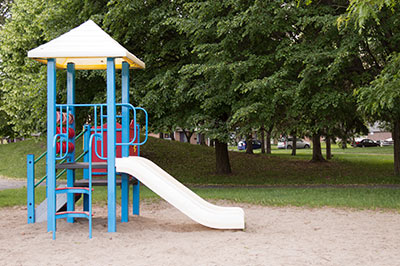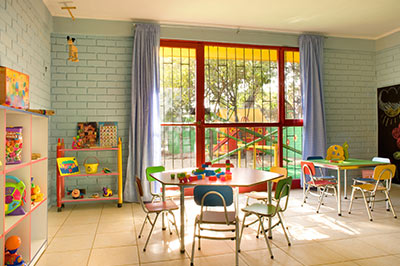LaVigne, N. G. (2007). (50)
School-related traffic congestion is defined as "the overcrowding and blocking of streets on or near school property that is typically associated with car transportation of children to and from school." Although routes to and from school are examined as part of this problem, most of the guide focuses on traffic problems that occur in the immediate vicinity of the school. School traffic congestion is included as one of the "Problem-Oriented Guides for Police" because it poses a threat to the safety of the students, teachers, parents, residents, and motorists in and around school sites. The identification and discussion of factors that contribute to school-related traffic congestion address population trends and changes in transportation modes; physical design; and new schools, residential divisions, and changes in school assignment. One section of the guide identifies the various categories of stakeholders in the problem and discusses their roles in addressing it. These stakeholders include police, parents, students, teachers and school administrators, local residents, other commuters, the transportation and planning department, school bus companies, Parent Teachers Associations and school boards, school architects and landscapers, and neighboring businesses. Questions pertinent to problem analysis are then discussed, followed by a description of how to measure the effectiveness of responses to the problem. Some guidelines for responses to school traffic congestion focus on general considerations for an effective response strategy, specific responses (changing transportation modes and implementing drop-off, pick-up, and physical design measures), and responses proven to have limited effectiveness. 29 references and appended summary of responses to traffic congestion around schools
LaVigne_N_G_Traffic Congestion Around Schools











